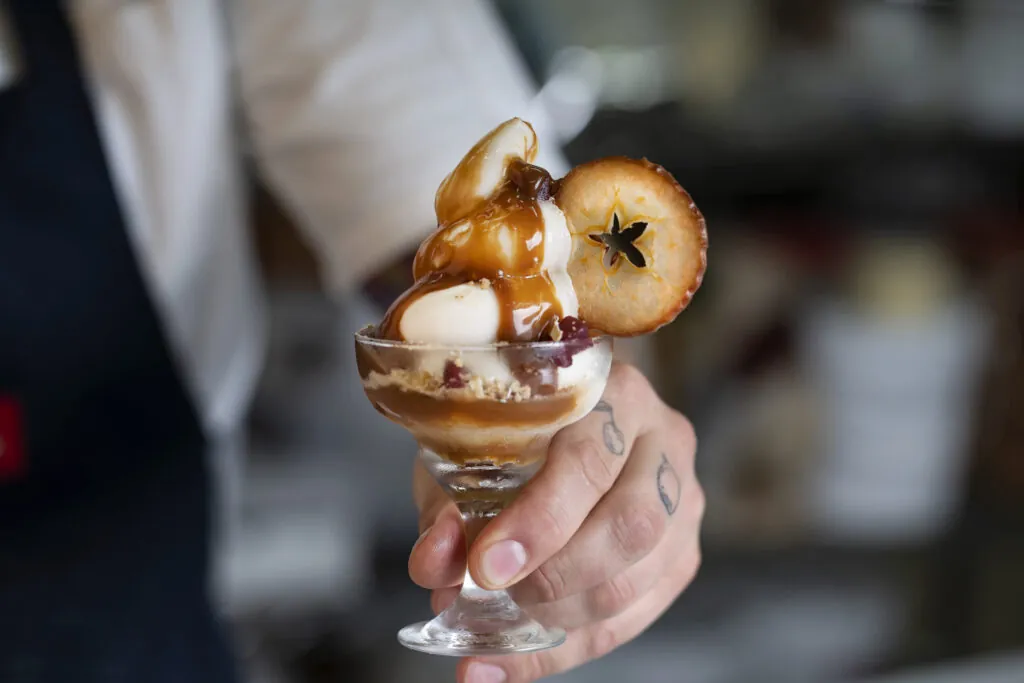The FICA tip credit for restaurants may be the industry’s most simple, ubiquitous, and impactful tax incentive. Therefore, it’s essential to understand how the FICA tip credit and service charges work together, especially when considering different wage models. In this article, we’ll walk you through the history and fundamentals of the FICA tip credit calculation,
You shouldn't run personal expenses through your restaurant for multiple reasons, but here are the top 5:

















